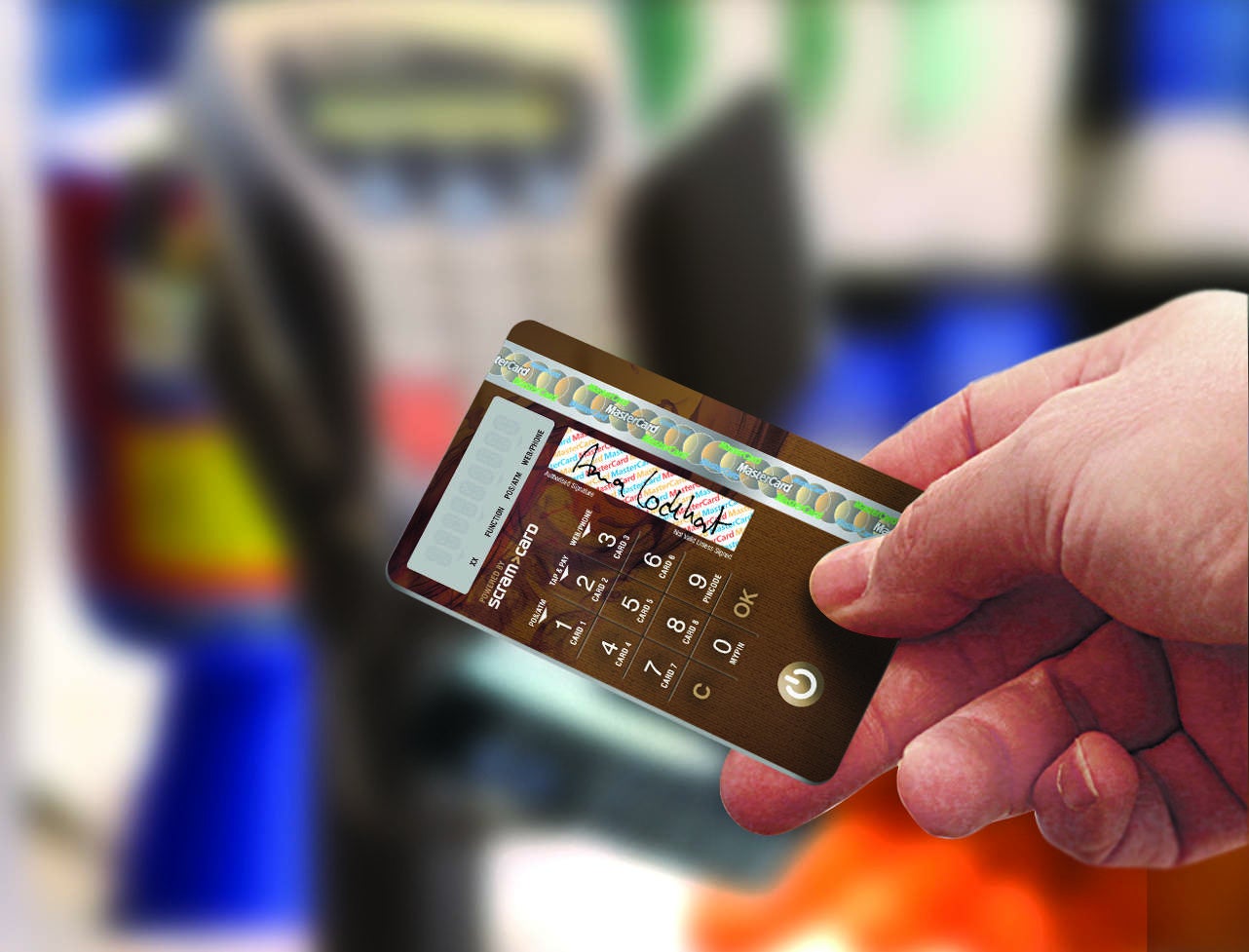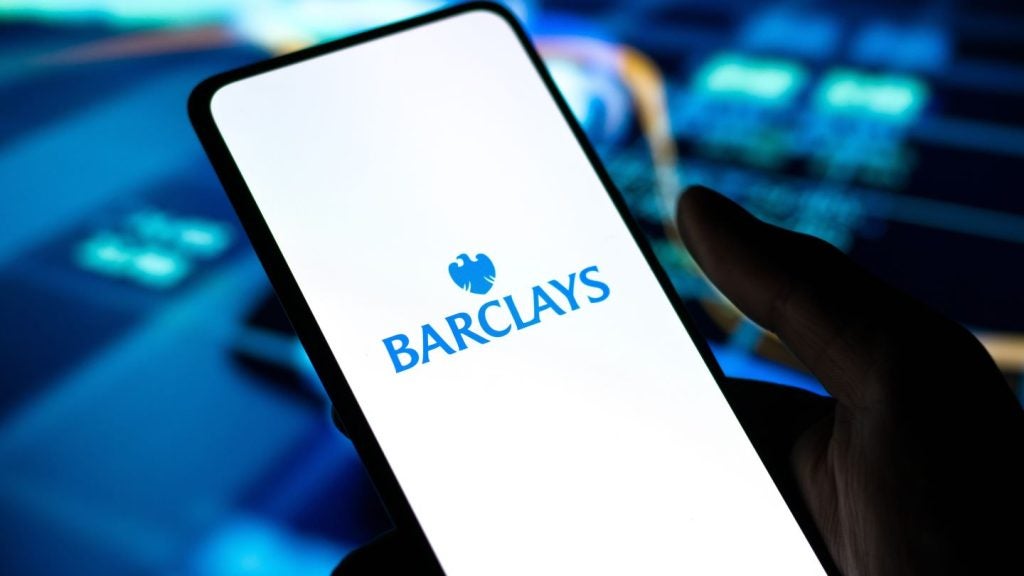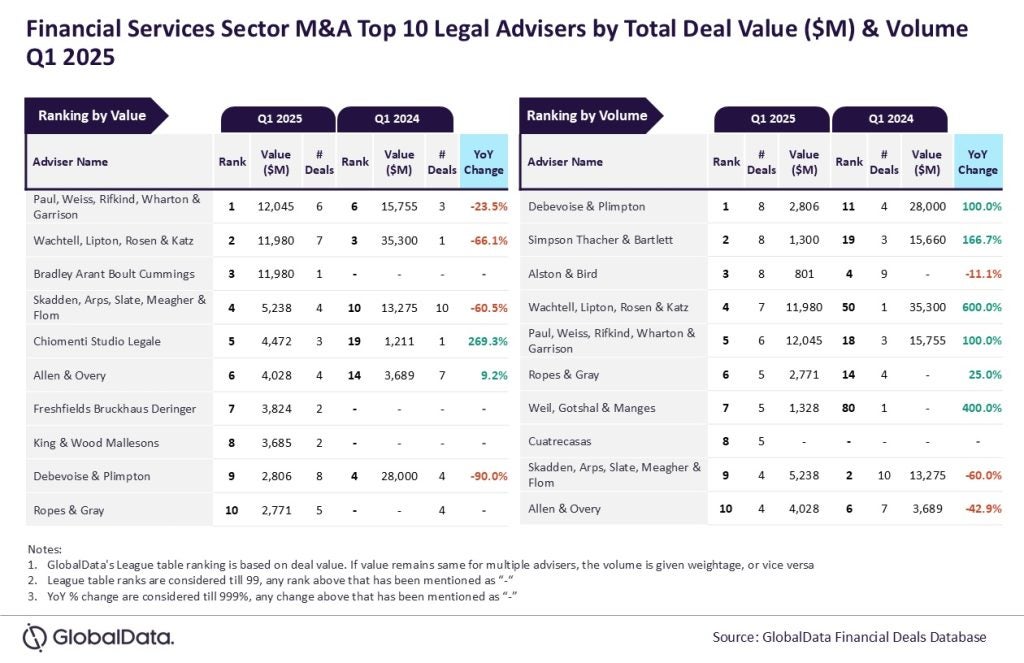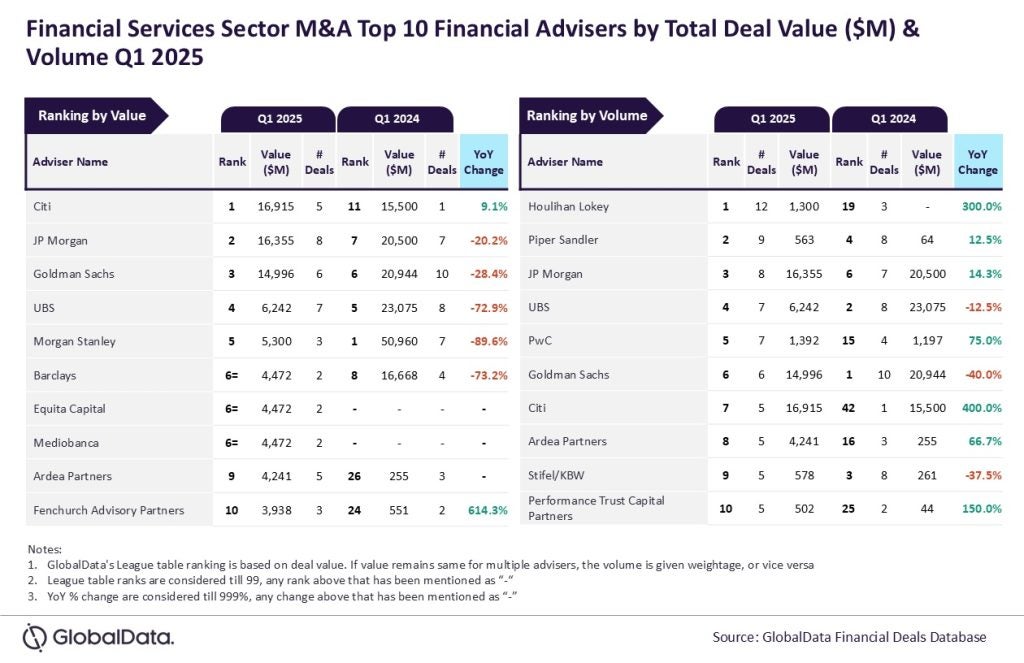
Card fraud is rife across the UK. According to Financial Fraud Action, £768.8m ($1bn) was lost to fraud in the UK in 2016. 80% of this was through payment cards. Is there a way to prevent this? ScramCard with Da Vinci Choice thinks it might have found a solution. Patrick Brusnahan reports
According to UK Finance, £287.3m was lost to card fraud in the first half of 2017. Is there a way to limit this crime?
ScramCard has launched the Da Vinci Choice card as a response. It is a electronic payment card that generates one-time PIN/security codes for purchasing.
It is the same size as a standard card, but includes a display, battery and touch numerical keypad. According to the press release, it is ‘fraud proof’. Can anything really be ‘fraud proof’?
Speaking to CI, Simon Hewitt, chief executive of ScramCard, says: “Too good to be true? To an extent, I don’t think there’s anything infallible. In terms of having something a notch above in the hands of the consumer, that’s actually desirable and does what it says on the tin? That’s long overdue.
“There are solutions out there that do those things, but nobody likes them and they only service one particular thing. That was the intent of this. Embed something that everybody carries and provides a multitude of capabilities that the banks can choose for themselves. Too good to be true? I’d like to think not.”
On paper, the security seems tight. The usage of one-time codes for every transaction, from contactless to ATM withdrawal, seems to provide a healthy barrier. Even if the card is lost, the Da Vinci app would be needed. In addition, cards can be blocked instantly in case of theft.
So who is going to take up the Da Vinci card?
“Da Vinci Choice was definitely aimed at early adopters and lovers of technology,” Hewitt explains. “Similarly, those people have maybe been defrauded and have suffered the pain of trying to get their money back. Some may look at it as an insurance policy, some people may think of it as innovative. There are multiple reasons to buy the product.”
The cost of a Da Vinci
One aspect that might hinder its success is the cost. While banks hand out free cards with a current account, Da Vinci Choice is £75. While it can hold eight accounts on its mobile wallet, the price can seem steep.
Hewitt says: “The price point is something, but we’re dipping our toe. What we’ve done and spent a bit of time doing is realising that we can’t hide the fact that it just looks like a card.
“We don’t stick it to a piece of paper; it comes in a nice box. It’s very much an ‘unboxing an iPhone’ type of experience. What’s fundamental, at the business model, is that it’s all relative. It’s a sophisticated piece of technology. It’ll eventually fir into the normal model. We know, at the moment, some people won’t find the prince point palatable.”
So why aren’t the banks producing something like this? With their resources, surely something can be done to prevent card fraud?
Hewitt concludes: “It’s one of the reasons I did Da Vinci. You know what banks are like. They’re making so much money that there’s a trade off between doing something and not. They need something palatable and to see that customers are using something and make them think they’ve got nothing to lose.
“I don’t think the banks are doing enough, but I don’t think there is a solution out there that would allow them to do so, which is why I wanted to give them something that would give them half a chance.”







